
Farm Animal Facts
Fun Farm Animal Facts
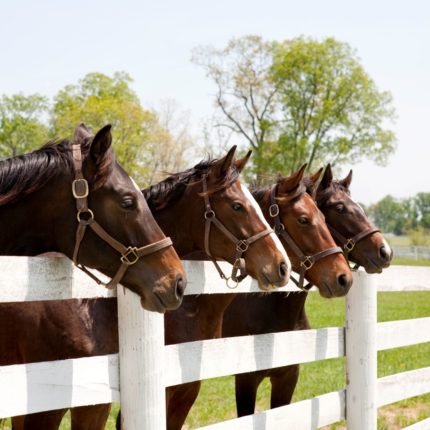
Welcome to the neigh-borhood! Horses are a beloved animal and with good reason! Majestic and strong, there are over 600 different breeds of horses.
Did You Know…?
Horse can understand and interpret human emotion! A study by the Universities of Sussex and Portsmouth found that horses can read human facial expressions and remember a person’s previous emotional state, adapting their behavior accordingly. This ability comes naturally to horses as they have complex facial expressions themselves. Another study detected an increase in heart rate when horses were looking at angry human faces versus happy ones. The study concluded that horses can accurately identify positive and negative human facial expressions and were more stressed when looking at angry faces.
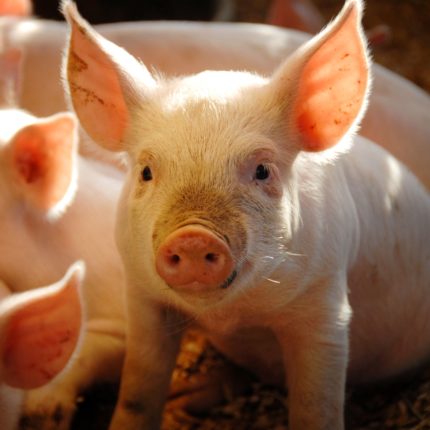
Is there anything cuter than a baby pig? Answer: No, but maybe you come close! For all their adorableness – pigs do have a reputation for being dirty and even a bit smelly. However, there is a reason behind pigs loving a good ole mud bath!
Did You Know…?
Mud baths help pigs to cool their bodies down in hot weather. They can lower a pig’s core temperature by 3.6 degrees Celsius. The cooling effects last longer when pigs wallow in mud than in water. There is an added benefit too! Pigs also like to play in the mud to get rid of parasites that infest their bodies such as lice and ticks. A dirty pig is a happy pig!
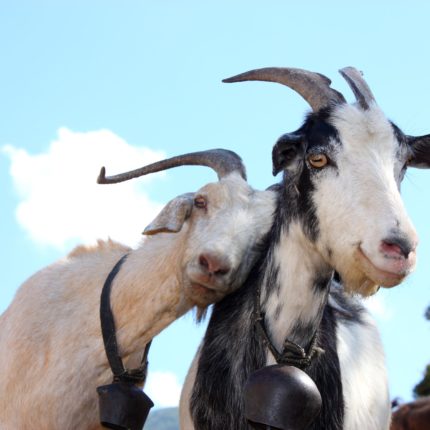
Goats are known for their horns. They often use these as tools to defend themselves but it is not the only trick they have up their sleeves. When it comes to predators – a goat’s stomach can keep it out of harms way.
Did You Know…?
Goats have an efficient four-chambered stomach that allows them to survive on sparse vegetation. Their digestive process also allows them to eat large quantities of food quickly. This reduces foraging time during which they are exposed to predators. The goat is literally able to eat and run!
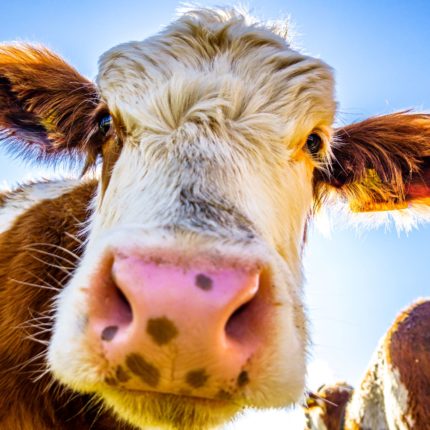
Cows can see almost 360 degrees. This near-panoramic view, allows our cow friends to watch for predators from all angles. Have you ever wondered why cows tilt their heads? It’s is because they don’t see well straight in front of them; they typically turn their head to look at you.
Did You Know…?
Speaking of cow vision did you know cows can tell the difference between different shapes (such as a square and a circle), as well as different colors and different sizes of the same shape. What is even more incredible is not only can they differentiate between shapes, sizes, and colors, but they can also discriminate between pictures of familiar and unfamiliar cows! WOW.
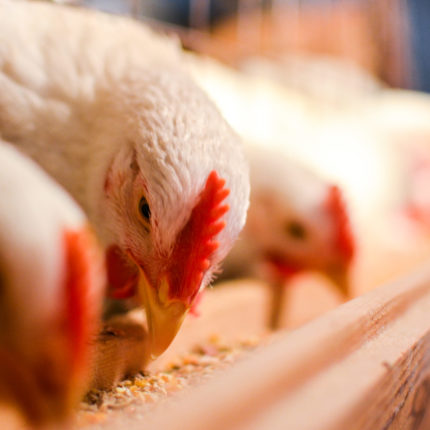
Have you ever heard the expression, ‘pecking order’? It comes from chickens! Chickens can distinguish between more than 100 faces of their own species. Chickens know who’s “the boss” and they form complex social structures known as “pecking orders,” and every chicken knows his or her place on the social ladder.
Did You Know…?
Another extraordinary adaptation of the species is their USWS phase of sleep. Similarly to humans, chickens have a REM (rapid eye movement) phase of sleep – the phase we associate with dreaming. USWS or uni-hemispheric slow-wave sleep is where one half of the brain is asleep while the other remains awake! Quite literally sleeping with one eye open allows chickens to catch some Zs while staying safe from predators.